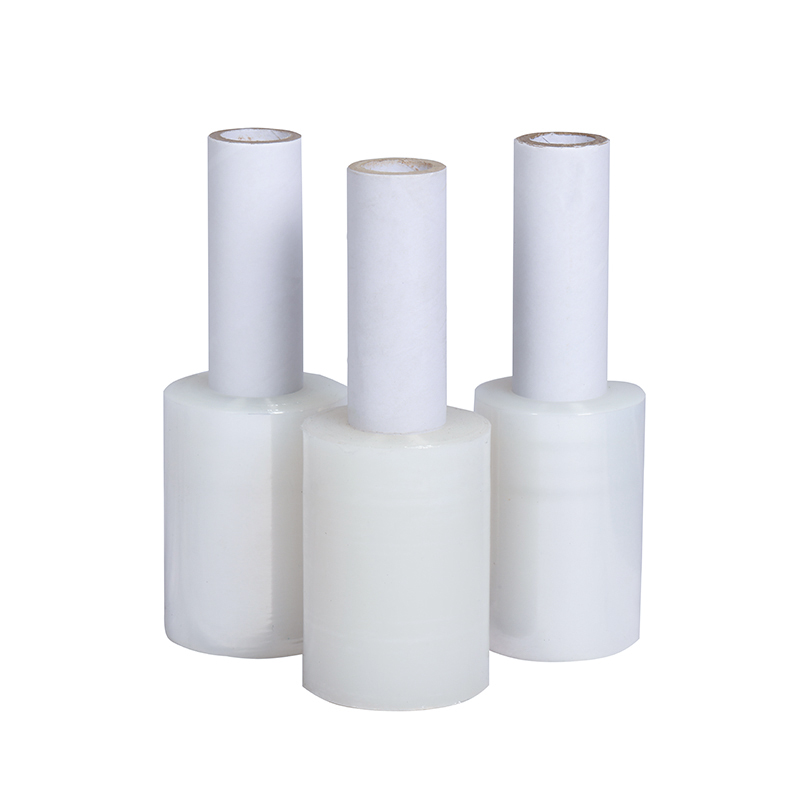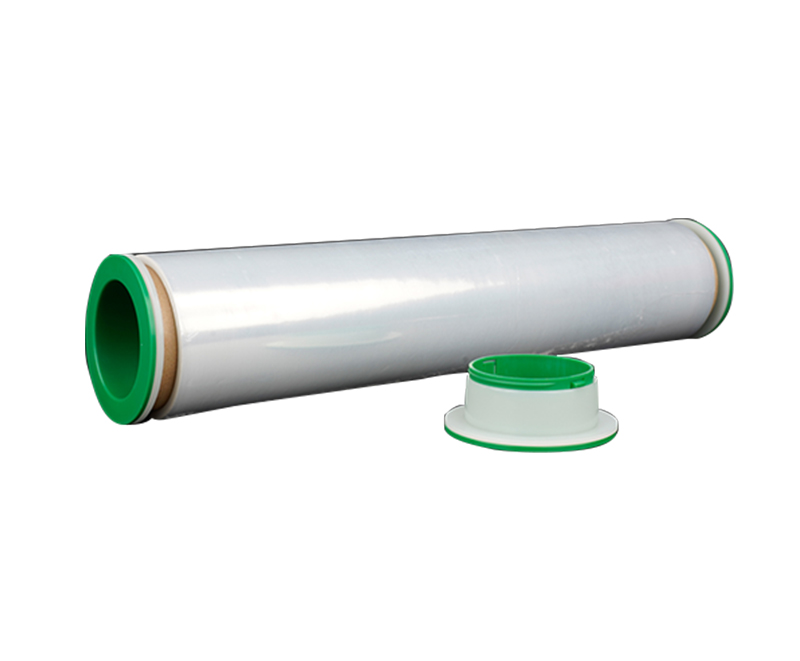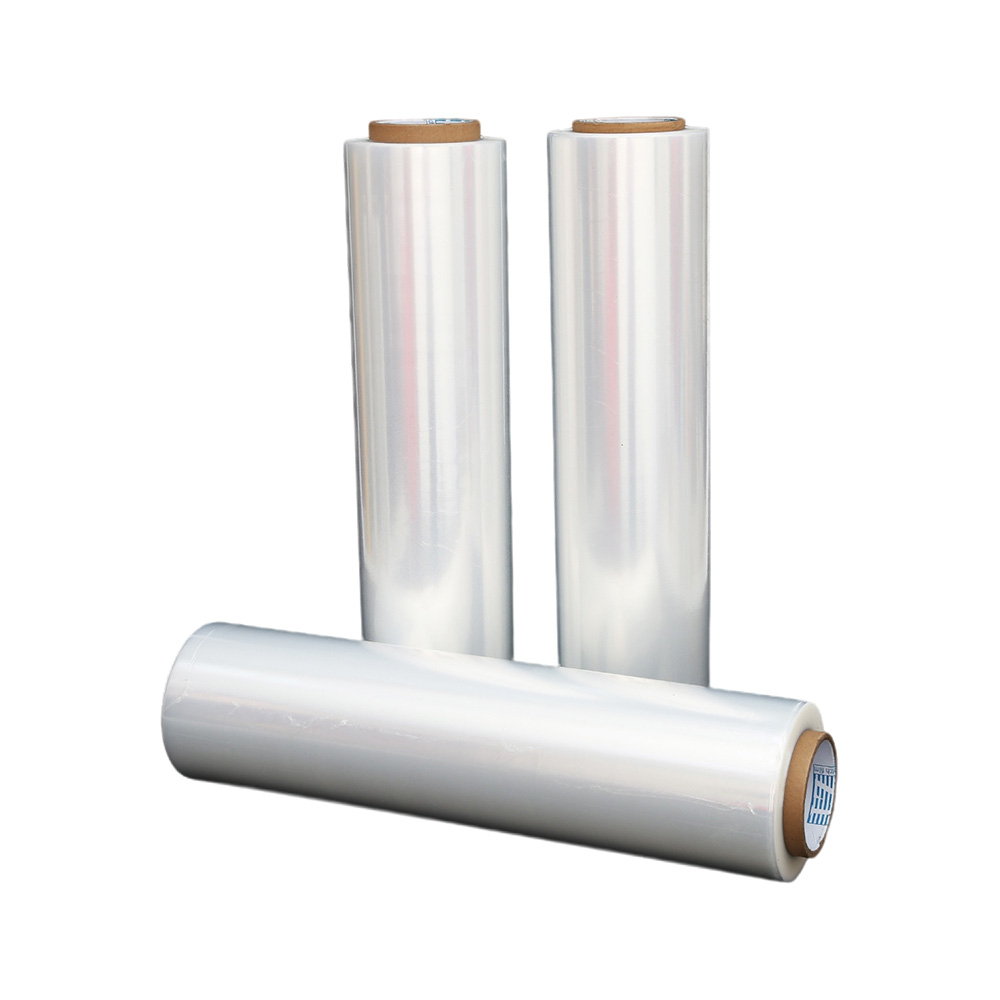What is Stretch Film Used For?
Source:What is Stretch Film Used For?Time:2025-05-09Visitors:
From securing towering pallets in bustling warehouses to bundling products on retail shelves, stretch film is a packaging hero that keeps goods safe and stable. But what exactly is stretch film used for, and why is it so essential? Stretch film, also known as stretch wrap, is a highly elastic plastic film that wraps tightly around items, ensuring they stay put during shipping, storage, or display. Its versatility and cost-effectiveness make it a staple across industries.
This guide explores the many uses of stretch film, its types, benefits, and how to choose the right one for your needs. Whether you’re a logistics manager, small business owner, or DIY enthusiast, you’ll discover why stretch film is a game-changer for packaging.
What is Stretch Film?
Stretch film is a thin, stretchable plastic film, typically made from linear low-density polyethylene (LLDPE), designed to wrap and secure goods. Its elasticity allows it to stretch up to 300% of its original length, creating tension that holds items tightly together. When applied, the film’s “memory” effect ensures it clings to itself, forming a secure seal without adhesives.
Key Properties
- Elasticity: Stretches significantly to conform to various shapes.
- Cling: Sticks to itself for a tight seal.
- Puncture Resistance: Withstands minor impacts and sharp edges.
- Weatherproofing: Protects against moisture, dust, and UV rays (with additives).
How It Works
Stretch film is applied either manually (by hand) or with automated machines. The film is stretched around items, and its elastic recovery pulls it back, creating a snug fit. This process, often enhanced by additives like metallocene for strength, ensures load stability and protection.
Types of Stretch Film
Stretch film comes in various forms, each suited to specific applications. Understanding these types helps you choose the right one for your needs.
Hand Stretch Film
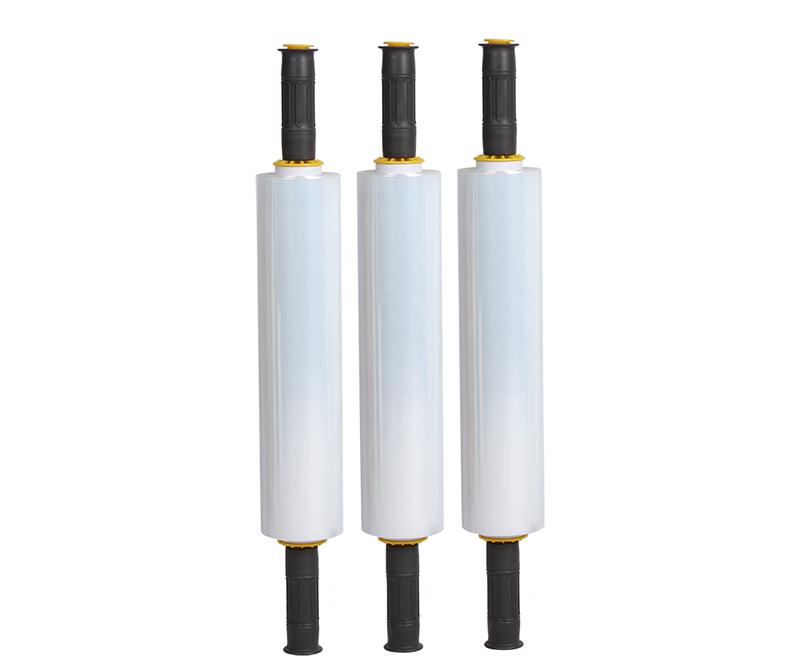
- Description: Lightweight rolls (typically 4–5 pounds) designed for manual wrapping.
- Uses: Small-scale operations, retail bundling, or low-volume warehouses.
- Pros: Easy to use, no equipment needed.
- Cons: Requires more effort, less efficient for high volumes.
Machine Stretch Film
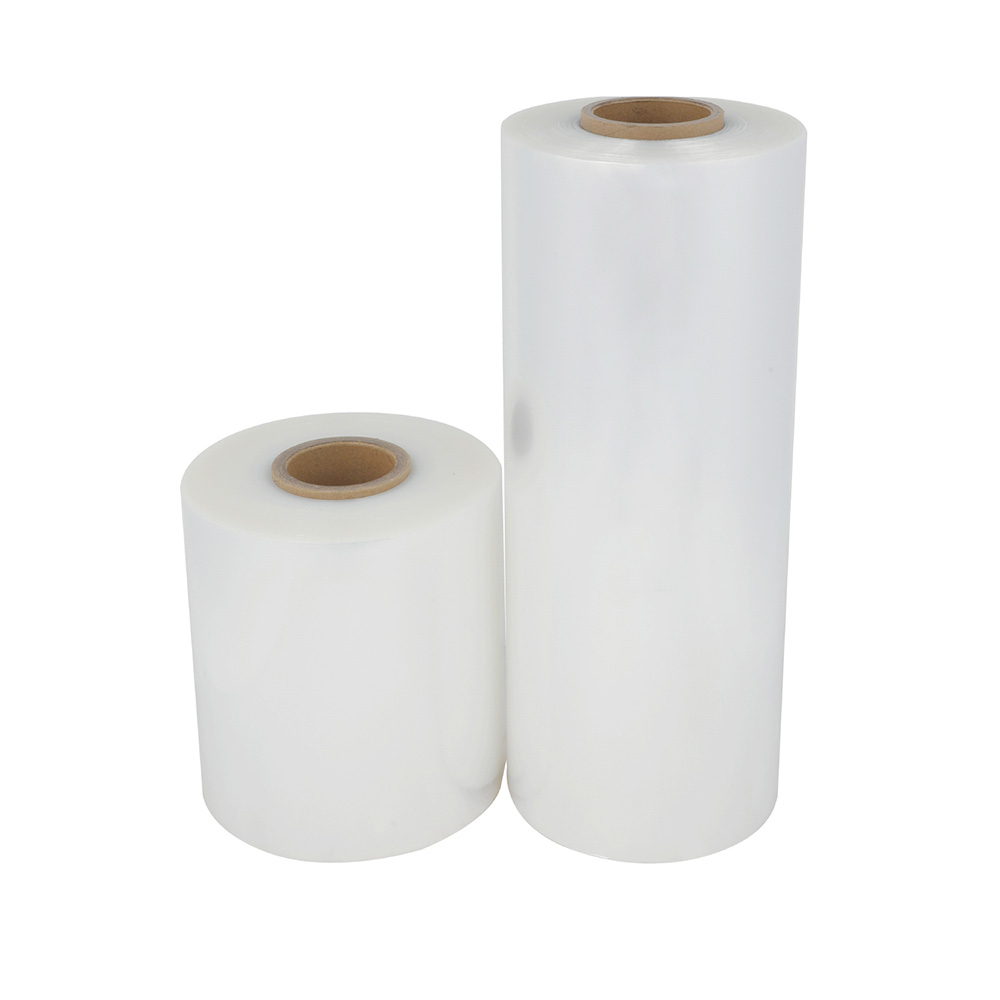
- Description: Thicker, heavier rolls (8–10 pounds) for automated stretch wrap machines.
- Uses: High-volume warehouses, logistics, and industrial settings.
- Pros: Faster, consistent application; better for large loads.
- Cons: Requires investment in equipment.
Prestretch Film
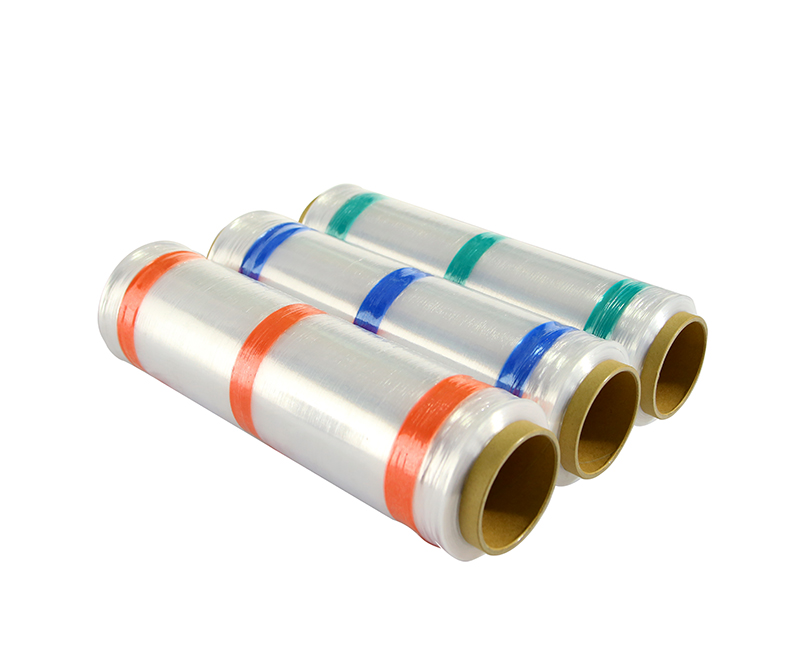
- Description: Pre-stretched during manufacturing to near its breaking point, making it thinner and lighter.
- Uses: Manual or low-tech machine wrapping, cost-sensitive operations.
- Pros: Uses 25–50% less film, reduces worker fatigue.
- Cons: Less durable for heavy or sharp loads.
Specialty Films
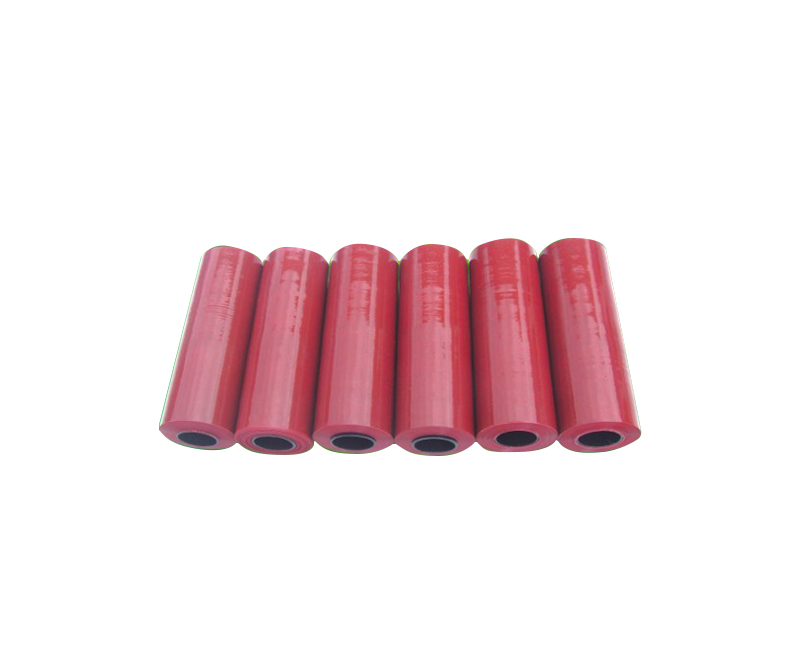
- UV-Resistant Film: Protects outdoor loads from sun damage.
- High-Puncture Resistance Film: Ideal for sharp-edged items like metal parts.
- Colored Film: Used for branding or load identification.
- Anti-Static Film: Prevents static buildup for electronics.
Comparison Table
Applications of Stretch Film Across Industries
Stretch film’s versatility makes it indispensable in numerous sectors. Here are its primary applications, with real-world examples:
Logistics and Warehousing
- Use: Wrapping pallets to stabilize loads for shipping and storage.
- Example: A logistics company wraps 100 pallets daily with machine stretch film, reducing shipping damage by 25% .
- Film Type: Machine stretch film or prestretch for high-volume operations.
Retail
- Use: Bundling products for display or transport, securing multipacks.
- Example: A supermarket uses colored stretch film to bundle water bottles, enhancing brand visibility.
- Film Type: Hand stretch film or colored specialty film.
Manufacturing
- Use: Securing parts and components during transit or storage.
- Example: An auto parts manufacturer wraps delicate components with anti-static stretch film to prevent damage.
- Film Type: High-puncture resistance or anti-static film.
Construction
- Use: Wrapping building materials like pipes, lumber, or bricks.
- Example: A construction firm uses UV-resistant stretch film to protect materials stored outdoors.
- Film Type: UV-resistant or heavy-duty machine film.
Agriculture
- Use: Bundling crops, covering silage, or wrapping hay bales.
- Example: A farmer wraps hay bales with black stretch film to preserve feed quality.
- Film Type: Prestretch or UV-resistant film.
Food Industry
- Use: Wrapping trays or bundling packaged goods for hygiene and stability.
- Example: A bakery uses food-safe stretch film to secure trays of pastries for delivery.
- Film Type: Hand stretch film or prestretch (food-grade).
Other Uses
- Event Management: Securing equipment or temporary structures (e.g., tents).
- Marine: Wrapping boats for winter storage.
- DIY Projects: Protecting furniture during moves or renovations.
Benefits of Using Stretch Film
Stretch film offers significant advantages over other packaging methods like shrink wrap or strapping:
- Cost Savings: Uses less material than strapping or corrugated boxes, reducing packaging costs by up to 30% .
- Load Stability: Prevents shifting during transit, minimizing damage.
- Protection: Shields goods from dust, moisture, and minor impacts.
- Ease of Use: Simple to apply manually or with machines, boosting efficiency.
- Versatility: Wraps irregular shapes and suits various industries.
- Sustainability: Recyclable, with biodegradable options emerging.
Compared to Alternatives
- Vs. Shrink Wrap: Stretch film doesn’t require heat, saving energy and time .
- Vs. Strapping: More flexible and less likely to damage products.
How to Choose the Right Stretch Film
Selecting the right stretch film depends on several factors:
- Load Type: Lightweight, uniform loads suit prestretch film; heavy or sharp loads need thicker machine film.
- Application Method: Manual wrapping favors hand or prestretch film; automated systems require machine film.
- Environmental Conditions: Outdoor storage needs UV-resistant film; electronics require anti-static film.
- Budget: Prestretch film saves material but may cost more upfront; hand film is cheaper for small operations.
Tips for Selection
- Match film thickness to load weight (e.g., 80 gauge for medium loads).
- Test samples to ensure compatibility with your equipment.
- Consider specialty films for unique needs (e.g., colored film for branding).
Example: A warehouse wrapping heavy machinery chooses 120-gauge machine stretch film for durability, while a retailer bundling lightweight boxes opts for 50-gauge prestretch film to save costs.
Sustainability and Stretch Film
As businesses prioritize eco-friendly practices, stretch film offers sustainable options:
- Recyclability: Most LLDPE stretch films are 100% recyclable . Check local recycling programs for guidelines.
- Biodegradable Films: Emerging options break down naturally, reducing landfill waste.
- Down-Gauging: Thinner films (e.g., 30-gauge prestretch) use less plastic without sacrificing strength.
- Best Practices: Collect used film for recycling, train staff to use minimal film, and explore suppliers offering post-consumer resin films.
Example: A logistics firm reduced plastic waste by 20% by switching to recyclable prestretch film and partnering with a recycling program.
Common Mistakes and How to Avoid Them
Using stretch film incorrectly can reduce its effectiveness. Here are common pitfalls and solutions:
- Wrong Film Type: Using hand film for heavy loads leads to tears. Solution: Match film to load weight and type.
- Improper Application: Too little tension reduces stability; too much wastes film. Solution: Train staff on proper wrapping techniques.
- Poor Storage: Exposure to sunlight or heat damages film. Solution: Store in a cool, dry place.
Tips for Success: Use quality equipment, inspect film for defects, and follow manufacturer guidelines.
Conclusion
Stretch film is a versatile, cost-effective packaging solution used across industries—from securing pallets in logistics to bundling crops in agriculture. Its benefits, including load stability, protection, and sustainability, make it a go-to choice for businesses and individuals alike. By understanding its types, applications, and selection criteria, you can optimize your packaging process and reduce costs.
Evaluate your needs, test different films, and consult packaging experts to find the perfect stretch film for your operations. With the right choice, you’ll ensure your goods stay safe, secure, and ready for the journey ahead.
Recommended Products
Ranked in the same article
- how to use the stretch film technology to r
- How can we get detailed price list?
- Five common quality problems of PE protecti
- Plastic film degradation
- How to guarantee punctual shipment for our
- Gauge to Micron and Millimetre Conversion G
- What is the difference between stretch film
- Testing the permeability of stretch film
- Stretch film temperature requirements
- Electrical wire film VS electrostatic film
- Why insufficient transparency of stretch w
Latest news articles
- Exploring the Versatility of PE Stretch Fil
- What Is Red Stretch Film and What Are Its B
- Testing the permeability of stretch film
- The Influence of Stretch Film Thickness on
- PE stretch film how to cut?
- PE vs PVC Stretch Film: A Comprehensive Gui
- What Is the Difference Between Shrink Wrap
- Factors That Affect the Stretching Function
- Stretch Film Wrap: Exploring Its Advantages
- The use of pe stretch film
- What is Stretch Film Used For?

